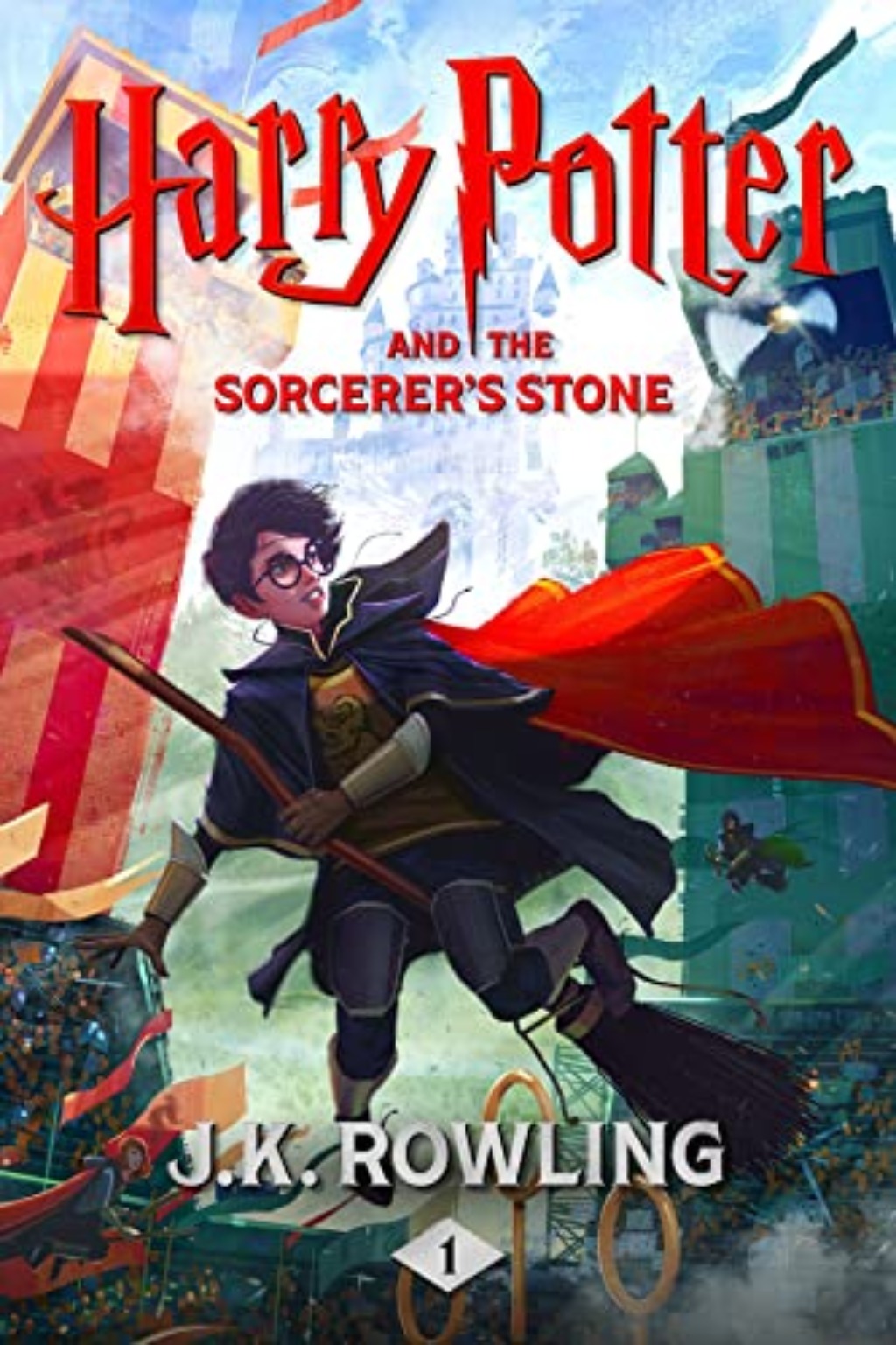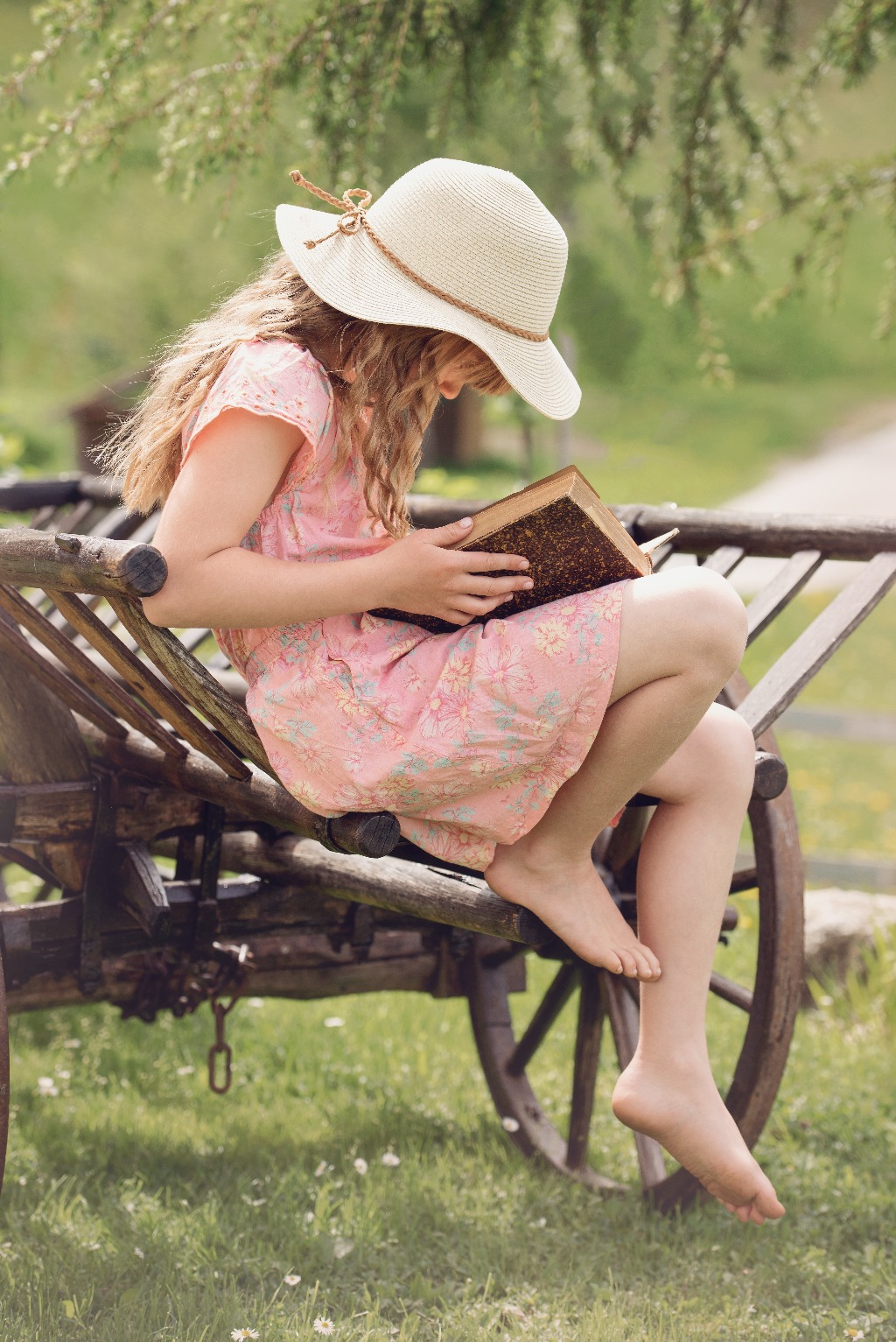Today on the blog we’ll be discussing how to write for a child audience. It may seem like writing for children would be easier than writing for adults—both the writing and the story will be less complex, right?
Not necessarily. Children are more sophisticated readers than a lot of people give them credit for, and they won’t shy away from telling you they don’t like something. It can be a challenge trying to engage a younger audience without patronizing them or trying to ram moral lessons down their throats.
Here are some tips on writing for a child audience.

1) Consider Your Target Age Group
When writing for a child audience, it’s important to keep your target age group in mind. Writing a picture book is going to be very different from writing for older children. While picture (infants to four years old) and early reader (five to seven) stories fall under the umbrella of children’s fiction, this article is going to focus on slightly older readers (eight to eighteen).
Eight to nine-year-old readers are considered “young readers” and these stories start to introduce progressively more challenging vocabulary words. Nine to twelve-year-old readers are in the “middle grade” category. These stories tend to be longer and introduce more complex themes and situations. When you start writing your story, you need to think about the age of your ideal reader and what they would be most interested in.

2) Read Great Children’s Books
Once you’ve determined what age group you will be writing for, it’s time to read books and stories in that same category. Think of the books you loved when you were that age and seek out newer ones as well. Reading the greats will help you to become more familiar with how kids of your age group talk (more on that below) and interact with one another.
Some of my favorite children's classics include the Harry Potter books by J.K. Rowling, A Wrinkle in Time by Madeleine L’Engle (look out for a deep dive into this one in the near future), and The Giver by Lois Lowry. “The Lottery” by Shirley Jackson and “Harrison Bergeron” by Kurt Vonnegut are great short stories that appeal to younger readers (both included in this list of the best short stories for readers of all ages).

3) Don’t Dumb Things Down
One of the worst mistakes beginner children’s authors make is to assume that their audience isn’t intelligent. Don’t be afraid to use more sophisticated language when it’s what will best suit the scene—children become bored quickly by books that don’t challenge them. They are great at learning new words through context as well.
You also don’t need to tiptoe around difficult themes like death and tragedy. You can even find these in fairy tales. Kids don’t need everything to be tied up in a neat happily after in the end. Concentrate on making your story good, not easy.

4) Keep Sentences Short and To the Point
While you shouldn’t dumb down your writing for kids, you also don’t want to bore them to tears with too many long words and rambling sentences. Children want to be entertained—reading your story shouldn’t feel like work to them.
This rule doesn’t just apply to children’s fiction. It’s always crucial to keep your work as short and to the point as possible so it will be easier and more enjoyable for your readers. Here are some tips to help make your writing more concise.

5) Skip the Moral Lessons
With a child audience, you may feel tempted to try to include some sort of moral lesson in your story. But a lot of kids check out when they feel like a story’s author is trying to teach them something. Most children just want to be entertained by fiction. It’s the reason many adults read—why shouldn’t children be able to read purely for entertainment and escape as well?
That’s not to say that you can’t have stories revolving around themes like the value of friendship or kindness. Just remember to be subtle with them and allow the excitement and adventure of your story to take center stage.

6) Pay Attention to How Kids Actually Talk
I used to read manuscripts for a children’s literary agent, and one of the biggest issues I would run into was that the dialogue didn’t sound natural. Often the language sounded stilted and old-fashioned, or it would be at the opposite extreme with authors trying too hard to inject slang they probably found online.
When you’re writing children’s fiction, you need to try to get an angle on how kids these days actually talk. As mentioned, reading great children’s books (especially newer ones) can be a real help in this area. Another good way to learn how kids talk is to spend some time around actual children. Pay close attention to how your own kids converse or offer to babysit your nieces and nephews or friends’ children.

7) Inject Some Humor
Kids love to laugh, and getting them to do so with your story is a fantastic way to endear them to your writing. Humor is important to keep in mind whether you’re writing a funny story or not. Moments of levity can provide a respite in the middle of thrilling or scary stories and make those frightening bits all the more exciting.
This is another area where you need to think about the age group you’re writing for. An eight-year-old might not find the same jokes as funny as an eleven-year-old, and vice versa. Again, if you can, try to spend some time with kids in the age group you’re writing for and maybe try out some of your jokes on them.

8) Feature Relatable Characters
Some of these tips apply not just to children’s fiction, but all fiction, and this is one of them. No matter what age group you’re writing for, readers are going to look for characters to get attached to. If you can create an interesting, well-developed character, your reader will follow them anywhere.
Remember to try not to make your characters too perfect. Real people have flaws, and these are the sorts of characters your readers will relate to. Kids should have moments where they realize that they have felt scared and alone like the characters in your story, and be all the more likely to want to know what happens next.

9) Create an Immersive World
One of the greatest strengths children have when it comes to reading is their expansive imagination. When they play with one another, they often create imaginary worlds where they can have exciting adventures together. So they expect the worlds in the books they read to be even better than what they dream up for themselves.
This is especially important when it comes to fantasy and science fiction stories. Here is a post on fantasy books with unique worlds, and this one features science fiction novels with fantastic worldbuilding. You can also check out this post full of worldbuilding tips.

10) Write for Your Child Self
When you are setting out to write a children’s book, you may want to do research into what the kids are into these days. Maybe a lot of kids are really into soccer, or some new app on their phones. You’ll start thinking that maybe you should try to incorporate these things into your story, even though you don’t personally have any interest in them.
Whether you’re writing children’s fiction or adult fiction, you should always write the story that you want to read. The passion you feel will shine through and there will likely be readers out there who get as excited about it as you do. With children’s fiction, you should try to think of yourself at the age of your target audience and what you most loved to read back then.
As simple as it may seem, writing for children is actually a very tricky business. Hopefully, these tips will help to get you on your way to writing a story that kids will love.
Soak Yourself in Fiction
Follow us on Facebook | Instagram | Twitter | Discord